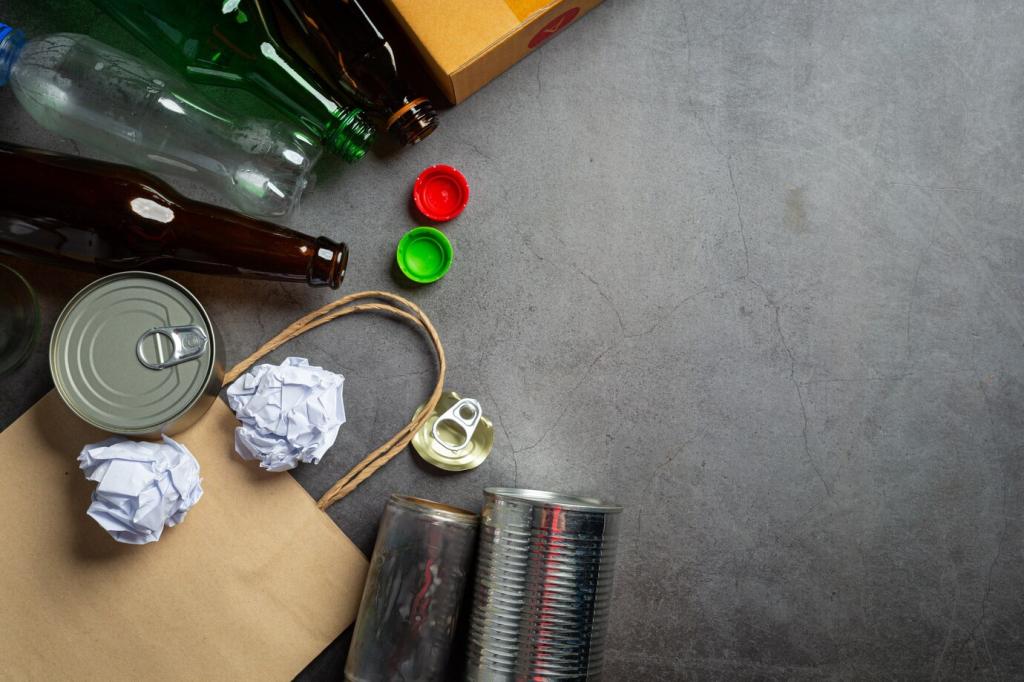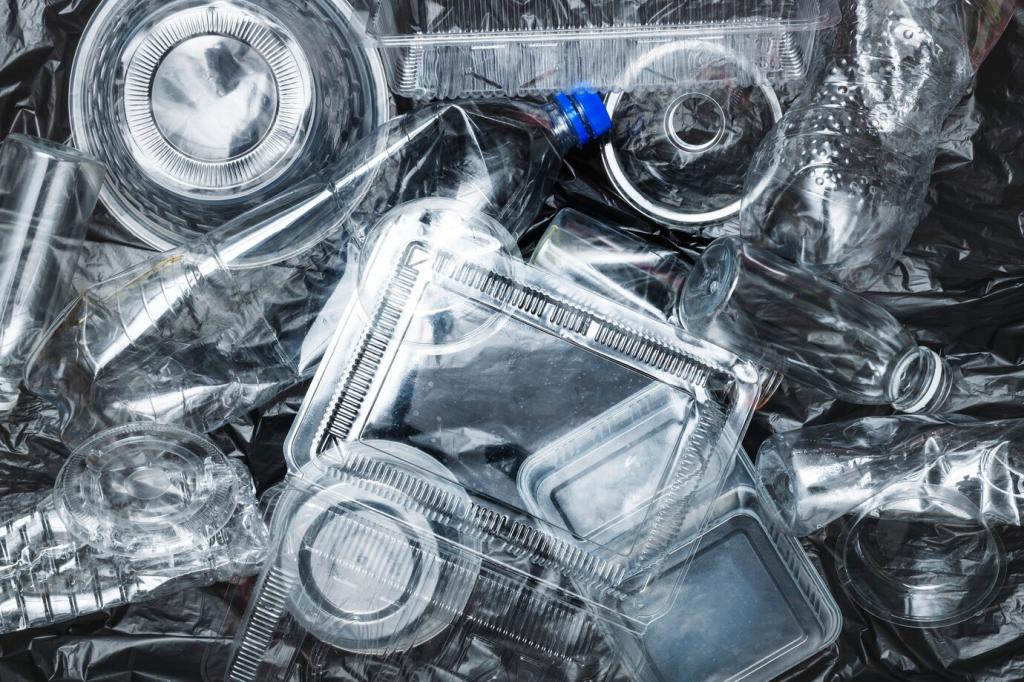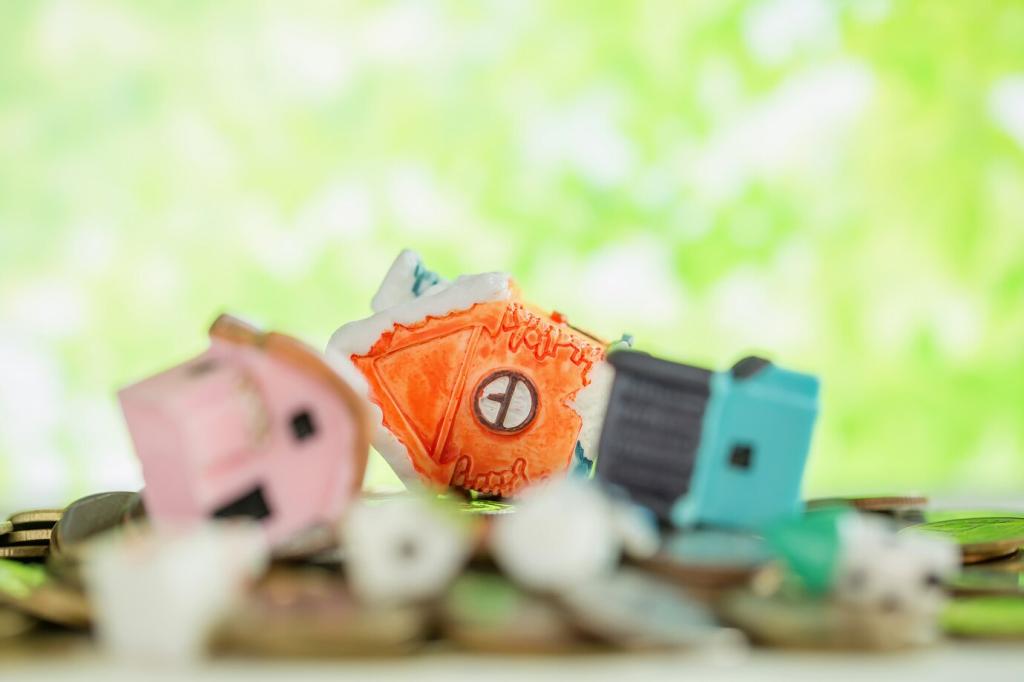This website uses cookies so that we can provide you with the best user experience possible. Cookie information is stored in your browser and performs functions such as recognising you when you return to our website and helping our team to understand which sections of the website you find most interesting and useful.

Innovative Garden Projects Using Waste
Innovation in gardening is not just about adopting new plant varieties or high-tech tools; it also encompasses creative solutions to environmental challenges. One of the most impactful ways to create a sustainable and visually appealing garden is by using waste materials in unexpected and resourceful ways. This approach not only helps in reducing the landfill burden but also adds unique character and personal touch to your green space. Through reimagining discarded items, gardeners can foster creativity, promote sustainability, and inspire others to view so-called “waste” as a valuable resource. Below, explore how everyday waste can be transformed into exciting and functional garden projects that benefit both our environment and our communities.

Planters from Discarded Containers
Furniture as Garden Features
Glass Jars for Lighting


